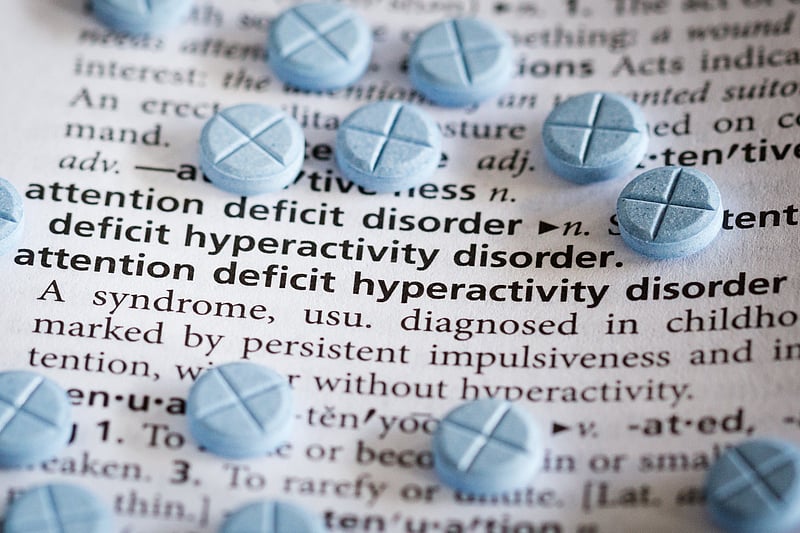Get Healthy!

- Cara Murez
- Posted September 4, 2023
ADHD: What Parents Need to Know
Lots of children and adolescents have the condition known as ADHD, or attention-deficit/hyperactivity disorder.
What should parents know? A number of treatments exist to help with functioning, including medications approved by the U.S. Food and Drug Administration.
Typically, ADHD begins between ages 3 and 6, according to the U.S. National Institute of Mental Health. It can continue into adulthood.
People can experience one of three types of ADHD. They are predominantly inattentive, with trouble focusing, following instructions and finishing tasks; predominantly hyperactive/impulsive, with behavior of being "constantly on the go,"talking excessively and interrupting others; and a combination of those symptoms.
An increasing number of children are being diagnosed with ADHD. About 10% of children aged 3 to 17, about 6 million kids, have been diagnosed with ADHD as of 2019, according to the U.S. Centers for Disease Control and Prevention.
Boys, at 13%, are more likely than girls, at 6%, to be diagnosed with ADHD.
"Boys are also more likely to have the hyperactive-impulsive type. This type of ADHD is easier to spot than the quieter child who is inattentive,"said child psychiatrist Dr. Tiffany Farchione, who reviews ADHD drugs at the FDA.
Untreated ADHD can have serious consequences, the FDA warns, including falling behind in school, having difficulties with friendships and experiencing conflicts with parents.
Children with untreated ADHD also have more emergency room visits and are more likely to have self-inflicted injuries. Meanwhile, untreated adolescents are more likely to take risks.
A visit with your child's pediatrician can help determine if your child has ADHD. Also have your child's vision, hearing and anything else that might contribute to inattention checked.
Stimulants and non-stimulants are both approved by the FDA to help reduce symptoms of ADHD in children as young as age 6.
Containing various forms of methylphenidate and amphetamine, stimulants have a calming effect on children with ADHD, Farchione said. They are thought to increase brain levels of dopamine, a neurotransmitter associated with motivation, attention and movement.
Approved non-stimulants are Strattera (atomoxetine), Intuniv (guanfacine), Kapvay (clonidine) and Qelbree (viloxazine).
Some children with ADHD also receive behavioral therapy to help manage symptoms and learn coping skills. Community support groups and schools may also provide some help.
FDA-approved medications have been tested for safety and effectiveness. Clinical trials will now look at their safety and effectiveness in children ages 4 and 5.
"We know ADHD medications are being prescribed for younger children, and we think it's essential that the data from clinical studies reflect the safety and effectiveness for this age group,"Farchione said in an FDA news release.
More information
The U.S. National Institute of Mental Health has more on ADHD.
SOURCE: U.S. Food and Drug Administration, news release, Aug. 28, 2023
